Revolutionizing Business: Comprehensive Applications of QR Codes
QR codes, those small, square matrices of black and white pixels, have become a global phenomenon in the digital age. Originally developed for tracking automotive parts, these Quick Response codes have transcended their initial purpose to revolutionize how information is shared and accessed in various sectors. This article delves into the extensive applications of QR codes, showcasing their versatility and impact.
Introduction to QR Codes
QR codes are two-dimensional barcodes that can store a significant amount of information, much more than traditional barcodes. When scanned with a smartphone or QR code reader, they direct the user to a website, video, image, or text. This makes them incredibly useful for connecting physical items or printed materials to digital resources.
Their ease of use, requiring just a smartphone camera, and the ability to encode diverse types of data have led to their widespread adoption. From marketing to healthcare, education to event management, QR codes are enhancing user experiences and streamlining processes.
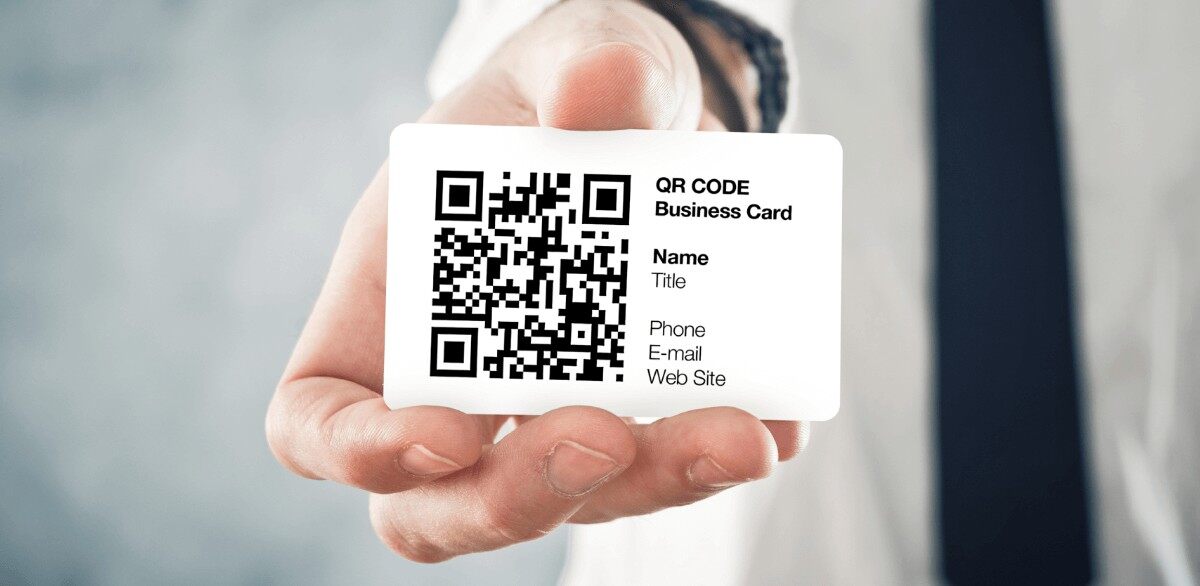
9 Comprehensive Applications of QR Codes
1. Marketing and Promotion
Businesses extensively use QR codes to direct customers to landing pages, official websites, or social media platforms. This seamless integration significantly boosts customer engagement and drives increased online traffic. QR codes make marketing campaigns more interactive, offering a quick link from print to digital media.
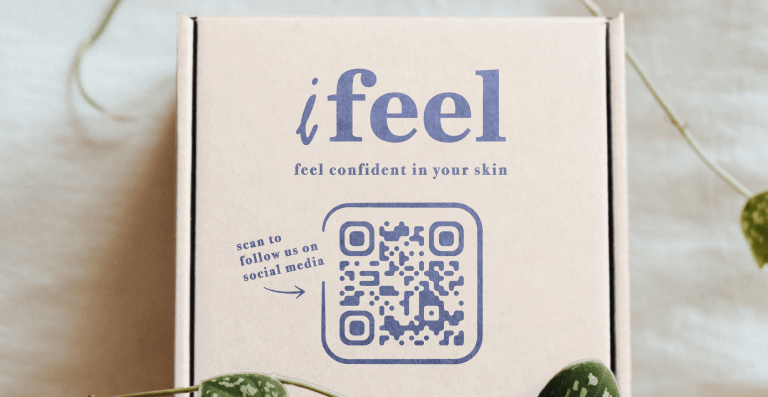
2. User Manuals and Guides
Gone are the days of bulky printed manuals. Companies now opt for QR codes that link to digital user guides or instructional videos. This shift not only conserves paper but also enhances the user experience with interactive and easily accessible content.

3. Product Demonstrations
QR codes are revolutionizing how companies showcase their products. By linking to videos or image galleries, they offer visual guides that are far more engaging than traditional written instructions, providing a hands-on feel to the customer.
4. Inventory Management
In retail and warehousing, QR codes have become essential for tracking inventory. They allow instant access to product information and stock levels, streamlining supply chain management and operational efficiency.
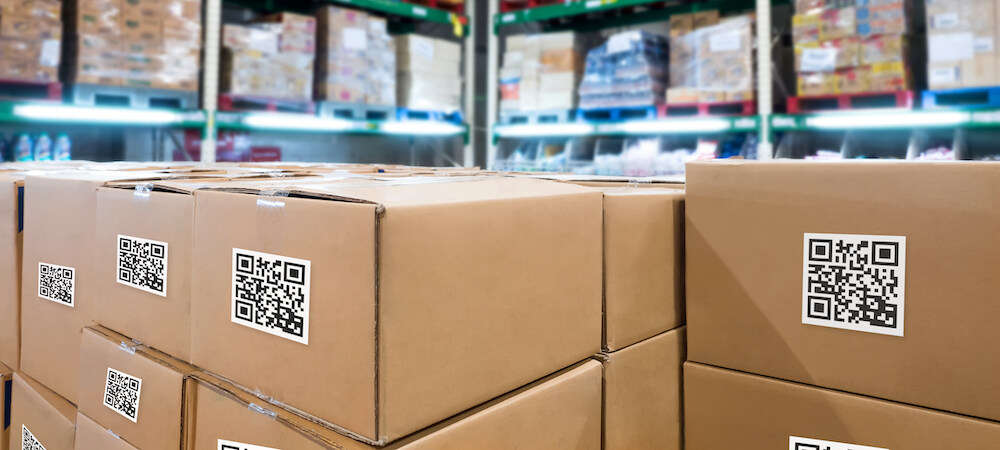
5. Contactless Transactions
In the post-pandemic era, QR codes have gained prominence in facilitating contactless payments and transactions. They ensure safety and convenience, reducing physical contact in business transactions.
6. Event Ticketing and Check-ins
For events, QR codes serve as digital tickets or check-in passes. This technology simplifies the entry process, reduces the need for physical ticketing, and enhances the overall attendee experience.
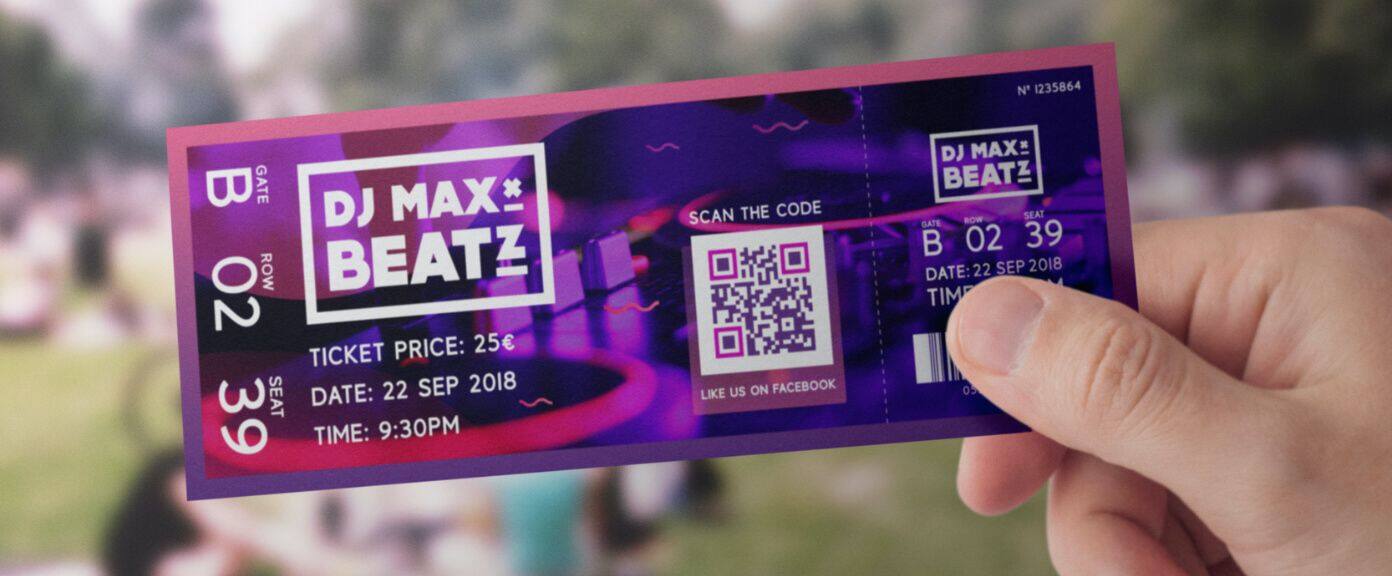
7. Feedback and Surveys
Businesses utilize QR codes to direct customers to feedback forms or surveys. This approach makes it easier to collect valuable customer insights and improve service quality.
8. Educational and Training Resources
In education, QR codes provide quick access to learning materials, online resources, and interactive educational content. They enrich the learning experience, making education more engaging and accessible.
9. Healthcare Applications
In healthcare, QR codes are employed for various purposes like patient check-ins, accessing medical records, and prescription management. This application contributes significantly to efficient healthcare service delivery, ensuring quick and secure access to vital information.
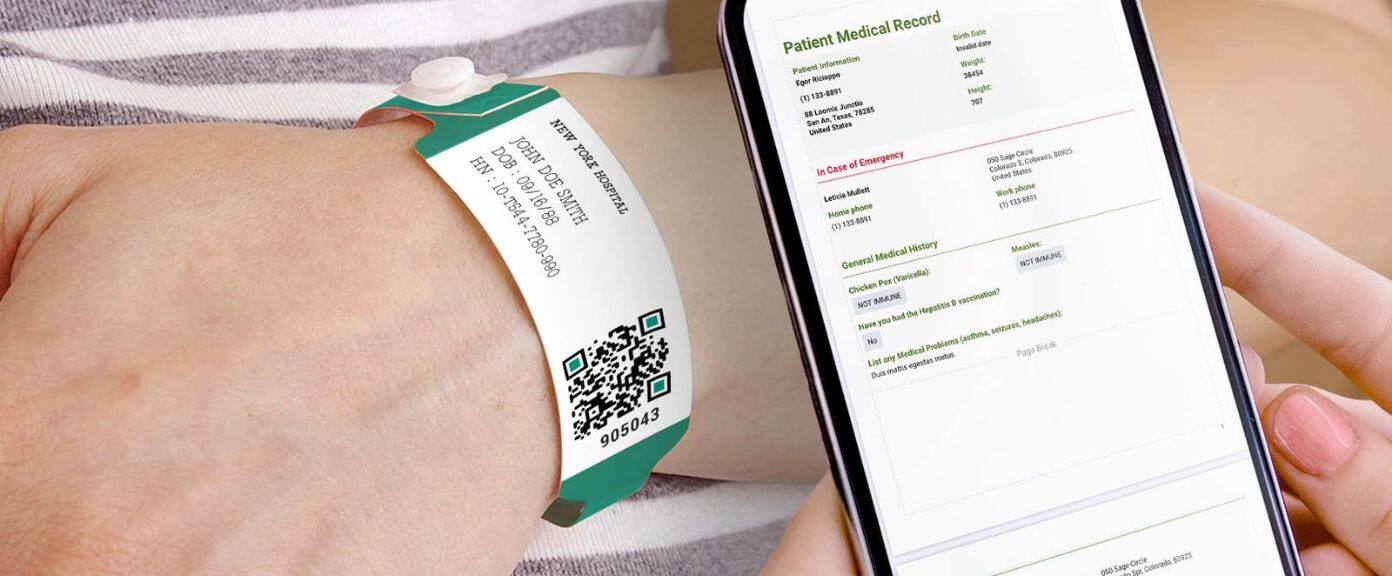
(Image Credit: QR Tiger)
Of course, the applications of two-dimensional codes are not limited to the said above. With new uses emerging as technology advances, there are many other creative ways to use QR codes, too.
The future of QR codes looks promising, with continuous innovation expanding their scope beyond current applications. They are not just tools for information dissemination; they are becoming a cornerstone in creating a more connected, efficient, and interactive world.
Conclusion
QR codes have vastly exceeded their original automotive tracking function, becoming integral to various sectors from marketing to healthcare. This article has explored their diverse applications and their role in bridging the physical and digital worlds, enhancing both user experience and operational efficiency. With ongoing technological advancements, the future of QR codes looks promising, suggesting even broader applications and further integration into our daily lives. Their continued evolution is set to play a crucial role in creating a more connected and interactive world.
Ask Question
No questions and answers

